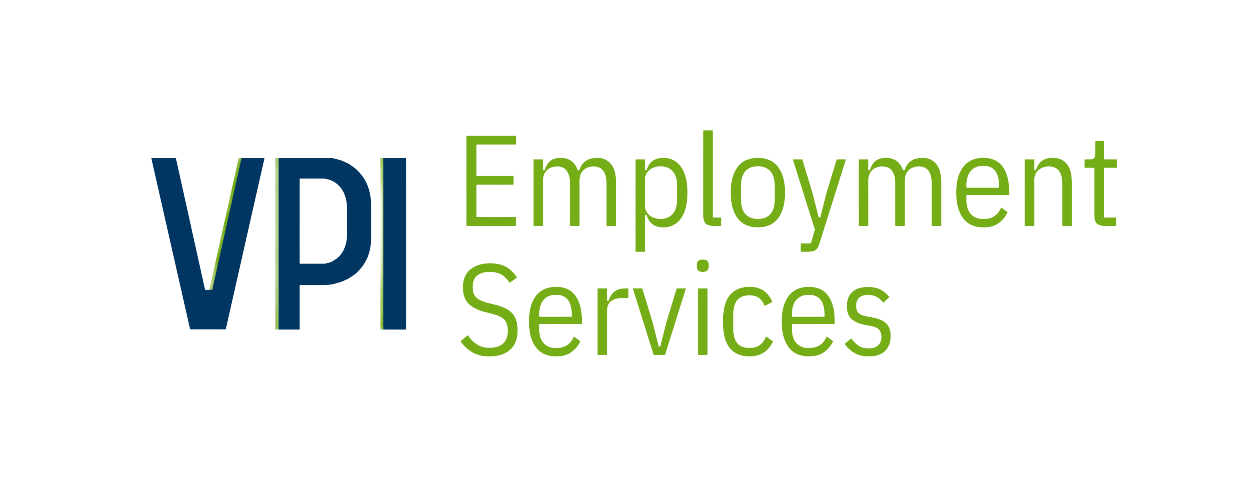The new year is well underway and 2020 is shaping up to be a great year for Canadian businesses. Here are some key labour market, talent and technology trends to keep track of over the next year.
If you’re looking for support with your business in 2020, we can help. From hiring supports to government-funded training subsidies, we have the tools and services to help you make the next year a success for your business. For more information on how we can help, contact us today.
LABOUR MARKET TRENDS
Flattening Unemployment Rate
According to the Statistics Canada Labour Force Survey, 2018 ended in a record low for the Canadian unemployment rate. The trend continued and sped up through the first 9 months of 2019 before taking a slight dip in the last few months of the year. The Canadian unemployment rate ended 2019 in the same place as it started–5.6%. For Ontario, there was a slight improvement in the unemployment rate–5.4% in 2018 vs 5.3% in 2019.
It’s impossible to predict what a flattening unemployment rate could indicate for the next year. But employer confidence and hiring intentions seem to point to a continuation of last year’s trends–increases in hiring with an emphasis on recruitment to overcome skills shortages.
Employer Confidence
According to a poll by HAYS, 62% of Canadian employers believe that their industry is poised for growth in the next 12 months. This level of confidence is reflected in the key issues that they’re worried about impacting their businesses in 2020.
Last year, two of the biggest concerns for employers were the impact of international trade deals and the possibility of a recession. But these worries seem to have been replaced–only 15% of employers polled expect the new United States-Mexico-Canada agreement as having a negative impact and nearly 30% of employers expect the strengthening Canadian dollar to have a positive impact on their business in 2020.
The three biggest areas of concern for employers in 2020 are:
- Global political uncertainty
- Changes in local government
- The real estate market
Hiring
Whatever the causes of their concerns, employers seem somewhat confident when it comes to hiring. 40% of employers intend to increase permanent staff in 2020. This is down from last year when 52% of employers intended to increase staff in 2019. But, it’s level with how many employers actually made permanent hires in 2019 (also 40%).
TALENT TRENDS
Skills Shortage
A skills shortage is caused when there is less talent available in the talent pool than is required by businesses. A skills shortage has been a perennial problem for businesses and 2020 looks to be the same–according to HAYS, 79% of employers report a skills shortage in their industry.
A skills shortage can have knock-on effects that negatively impact your business. According to HAYS, 57% of employers polled said the skills shortage increases stress, 32% said it decreases efficiency, and 29% said it decreases office morale.
Many of the emerging hiring trends and practices for 2020 are designed to get around or improve the skills shortage.
Employee Experience
According to a survey of talent professionals by LinkedIn, Employee Experience (EX) is the most important trend for the future of recruiting and HR. EX represents a formalized shift in the way businesses work with and think about their employees.
If attracting top talent is as competitive as attracting customers, then EX attempts to place as much value on employee satisfaction as has traditionally been placed on customer satisfaction.
Key issues that can impact EX include:
- Employee compensation
- Work-life balance
- Flexibility
- Meaningful work
- Work that is aligned to employee skill levels
The goal of EX is to increase employee retention, productivity, and strengthen a business’ reputation.
With only 52% of employees reporting that their company provides a positive experience, implementing an EX strategy in your business may be a way to make your company stand out when trying to attract top talent.
Retention
During a skills shortage, employee retention can be overlooked because of how challenging attracting new talent can be. According to HAYS, 66% of employers said they would go beyond their budget to secure new talent while only 44% of employers expect to give raises greater than baseline inflation in 2020.
Existing employee satisfaction is slipping (53% satisfaction in 2019 vs 60% in 2018) and 58% of employees polled by HAYS are seriously considering leaving their current role. The top reasons employees would leave their current company:
- Growth opportunities
- Better salary
- Company culture
This lines up with findings reported by LinkedIn:
- Companies highly-rated for purposeful mission saw 49% lower attrition than companies rated poorly
- Companies highly-rated for compensation and benefits saw 56% lower attrition than companies rated poorly
- Companies highly-rated for flexible work arrangements saw 137% higher headcount growth than companies rated poorly
Ironically, during a skills shortage, skilled employees may be more motivated to leave as they may be able to find a better deal with another firm. Companies that prioritize retention of top talent will have an advantage over their competition.
Internal Recruiting
According to LinkedIn 82% of talent professionals think that internal recruiting will be an important trend in HR and recruiting in 2020. While internal promotions are a common business practice, internal recruiting takes a more proactive approach. With internal recruiting, recruiting departments treat existing staff as a viable talent pool when looking to make new hires.
The biggest hurdle to this practice is internal resistance. Managers and leaders may be reluctant to lose their highest value team members.
The value of internal recruiting is very similar to the value of retention, in general. Although a manager may lament losing a team member, it’s a net win for the company when top talent stays and is given the tools to flourish.
Setting up formalized processes for internal recruiting can help you retain your best staff.
TECHNOLOGY TRENDS
People Analytics
Marketing analytics have become a ubiquitous part of how businesses measure and react to the behaviours and preferences of their clients.
People analytics takes the tools of traditional analytics and refocuses them on internal staff. People analytics has been implemented by large companies for years, but the insights and tools are now more accessible to businesses of any size.
Some of the key metrics and areas that People Analytics can measure are:
- Employee performance
- Workforce planning
- Skill gaps identification
- Assessing talent supply/demand
AI and Machine Learning
AI and machine learning is the use of sophisticated computers and programs to analyze large data sets and make predictions. This technology could be useful in a wide range of areas, from candidate screening to market testing products.
In 2019, AI was one of the technologies that employers were most excited about–83% of employers intended to implement AI or machine learning into their businesses over the next 3 years, according to HAYS.
The reasons are unclear–perhaps the technology is still too expensive; the quality of its results have been overstated; or headlines around the technology have had a socially negative tone–but in 2020, only 6% of employers intend to implement AI solutions in their businesses.
Assuming that the technology itself is sound, this shift in attitude toward AI could represent an opportunity for any business bold enough to make the investment.
WORKPLACE TRENDS
Training and Soft Skills
According to HAYS, 25% of employers polled said that a lack of training/professional development was the cause of the skills shortage in their industry. It’s no wonder then, that 41% of employers offered some form of internal training to upskill employees in the last year (up from 33% in 2018).
But when it comes to training for soft skills, there is a misalignment between what employers say they need and the soft skills that employees are pursuing.
The most important soft skills for employers is “communication”. Yet only 35% of employees consider it a priority. Whereas 47% of employees consider “leadership” to be a priority soft skills, while it is the least important soft skills according to employers.
As internal training becomes more widely adopted by businesses, the difference between the companies that see the best return on their investments and those that don’t will be the ones who proactively develop training to fit their business needs.
Multi-generational Workforce
As people are working later into their lives and others are foregoing post-secondary education, there has never been a broader mix of generations in the modern workforce. And the multi-generational workforce is here to stay–according to LinkedIn 56% of companies have recently updated their policies to appeal to multigenerational workforce.
Unsurprisingly, recruiters are focused primarily on attracting younger talent–73% of recruiters focus on Millennials. Meanwhile only 10% of recruiters are looking at Baby Boomers. As more people are working later into their lives an under-recruited Baby Boomer talent pool could represent an untapped source for recruiting mature, experienced employees.
Businesses that can quickly find a way to integrate different generations at every level will of their organization have an advantage over those that wait for the next generation to retire.

